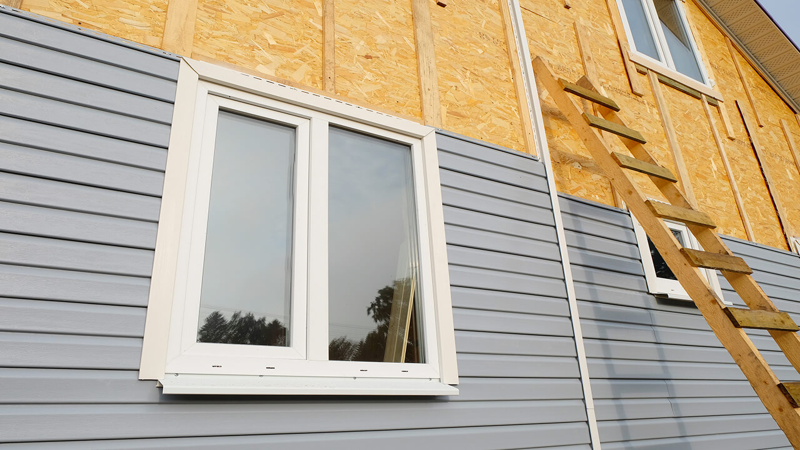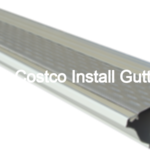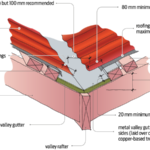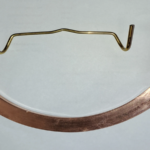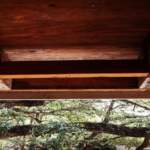- A ladder: You’ll need a ladder to get up to the roof to install the gutters.
- Gutter hangers: Gutter hangers are what you’ll use to attach the gutters to the roof.
- Downspouts: Downspouts are the pipes that carry the water from the gutters down to the ground.
- Gutter guards: Gutter guards are optional, but they can help keep leaves and other debris out of the gutters.
Can I install new gutters myself?
Installing gutters is a job that many homeowners are capable of doing themselves. However, there are a few things to consider before taking on this project. First, installing gutters is a two-person job, so it is important to have a helper. Second, gutters come in standard lengths, so it is important to measure the length of your home before purchasing the materials. Third, gutters must be installed on a slope so that the water can drain properly. Fourth, you will need to purchase the proper brackets and hangers to secure the gutters to your home. Finally, it is important to caulk and seal the seams of the gutters to prevent leaks.
What do I need to install aluminum gutters?
There are a few things you need before you can start installing aluminum gutters. First, you need to make sure you have the correct tools. You will need a hacksaw or a power saw to cut the gutters to the correct length, a level to make sure they are installed level, and a ladder to reach the eaves of your house. Second, you need to gather the materials. You will need the aluminum gutters, of course, as well as end caps, downspouts, hangers, and sealant. Make sure you have enough of everything to complete the job. Third, you need to prepare the area. This means cleaning out the old gutters (if there are any) and making sure the fascia board is in good condition. Once you have all of that, you are ready to install the gutters.
How do I prep for gutter installation?
- Begin by measuring the length of your gutters. You will need to purchase gutters that are long enough to fit the length of your home.
- Next, determine the number of gutters needed. Most homes will need at least two gutters, one for each side of the house.
- Once you have the necessary gutters, you will need to install brackets to hold the gutters in place. The brackets should be secured to the fascia board, which is the board that runs along the edge of your roof.
- Once the brackets are in place, you can now install the gutters. Start by attaching the gutters to the brackets on one side of the house and then work your way to the other side.
What does home Depot charge to install gutters?
Home Depot’s gutter installation cost is based on the size and type of gutters you need, as well as the length of your home. The average cost for gutters and downspouts is between $200 and $2,000, with most homeowners spending around $1,200.
Is it worth it to install your own gutters?
It depends on a number of factors. If you’re comfortable working with tools and ladder, and you don’t mind getting dirty, then installing your own gutters can save you a significant amount of money. However, if you’re not comfortable with those things, or if you’re worried about doing a subpar job, then it’s probably best to leave it to the professionals.
What should you not do when installing gutters?
- Don’t put them too close to the edge of the roof. This will cause leaves and debris to easily clog them.
- Avoid using too much sealant or caulk. This can make the gutters more difficult to clean in the future.
- Don’t use gutters that are too small. This will cause water to overflow and potentially damage your home.
- Avoid using gutters made of materials that are susceptible to corrosion, such as aluminum.
Should gutters be installed before or after roof?
There is no definitive answer to this question as it depends on a number of factors, such as the type of roofing material being used, the climate, and the preference of the installer. In general, however, most experts recommend installing gutters after the roof has been installed. This allows the roofing contractor to ensure that the gutters are properly installed and that they are compatible with the roofing material. It also allows the installer to seal any gaps between the roof and the gutter, which can help prevent leaks.
Bottom Line
If your home doesn’t have gutters, you may be wondering if you really need them. After all, they can be a lot of work to keep clean and free of leaves and other debris. However, gutters play an important role in protecting your home from water damage. They help to keep rainwater from pooling around your foundation, which can lead to serious problems over time. So, if you don’t have gutters, it’s definitely something you should consider installing.
